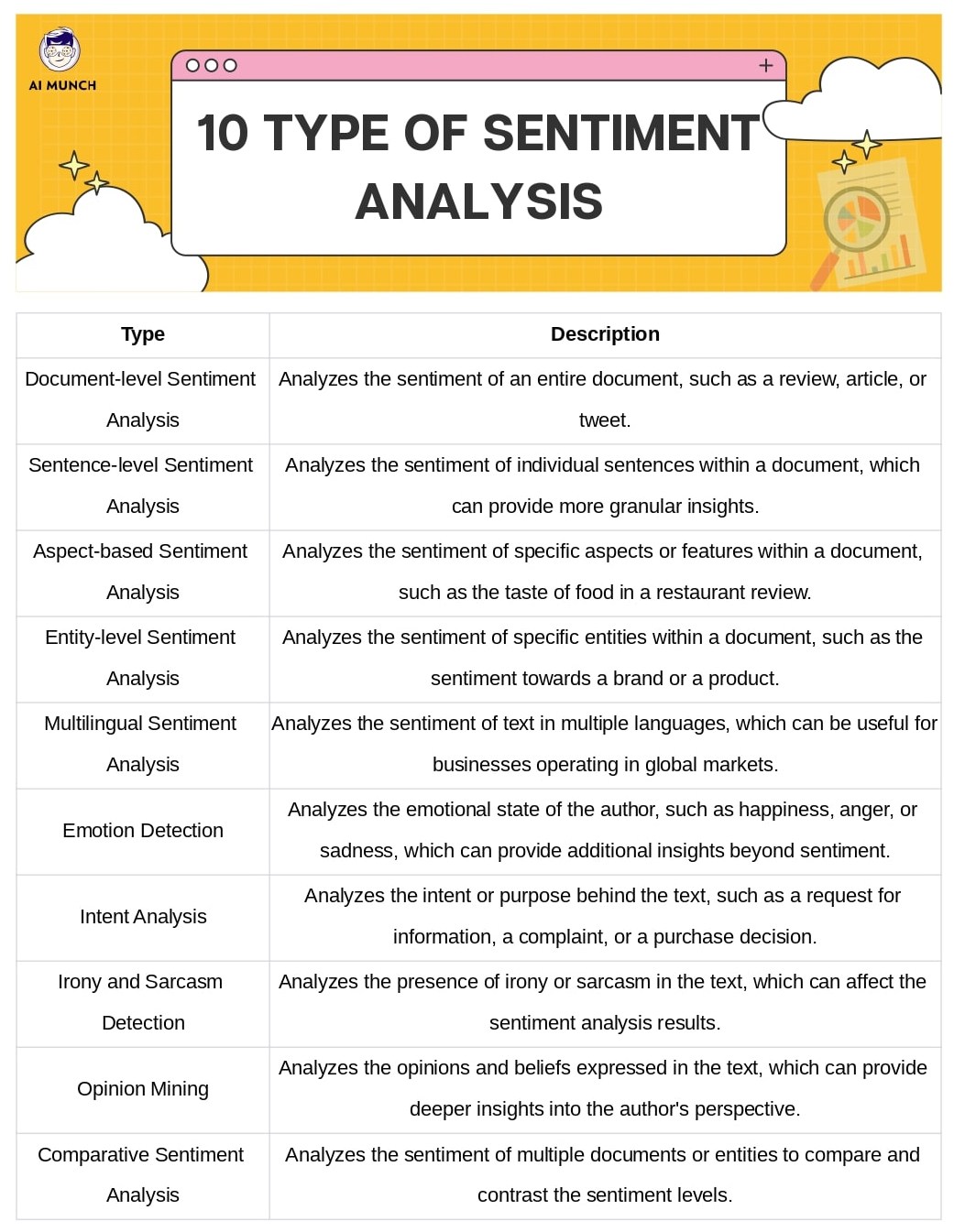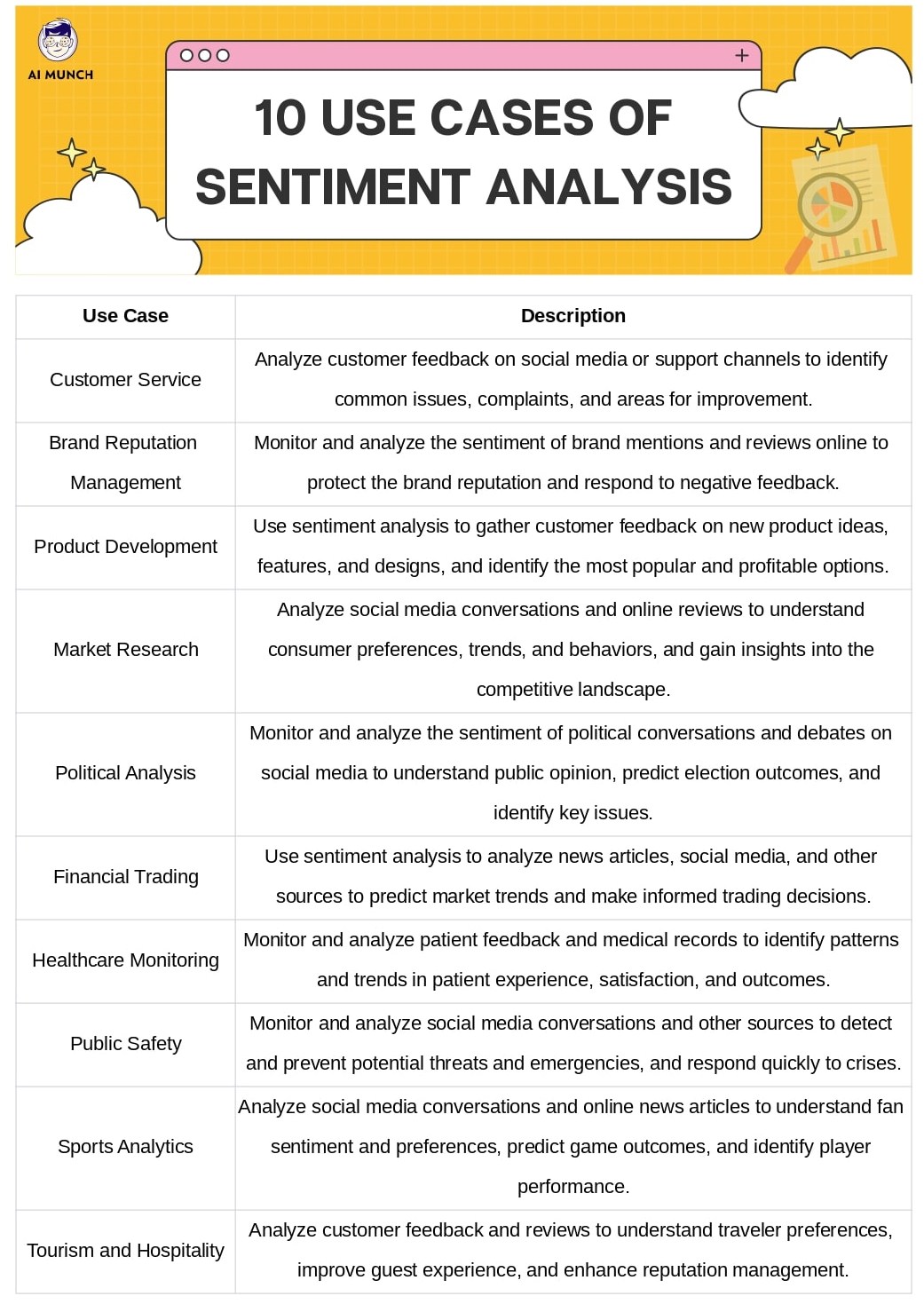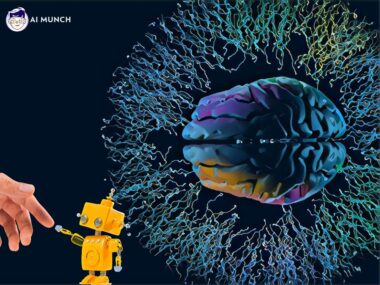I. Introduction
Sentiment analysis is a text analysis that tries to find and pull out opinions, attitudes, and feelings from textual data. We must adhere to several guidelines to construct a Sentiment Analysis Model successfully. It uses natural language processing (NLP) algorithms and machine learning to determine if a text is positive, negative, or neutral. Textual data like posts on social media, reviews, news articles, and customer feedback can all be helped by sentiment analysis.
Importance of Sentiment Analysis Model
Emotional artificial intelligence is very beneficial in this model. Businesses can only hope to learn how customers feel about their products, services, and brand with the tools to analyze customer feedback and sentiment. By analyzing customer feedback, businesses can identify areas of improvement, evaluate marketing strategies, and improve customer engagement. Sentiment analysis has many real-world uses, such as brand tracking, crisis management, and market research, to name a few.

II. How to Build a Sentiment Analysis Model with AI
Time needed: 5 days
To Build a Sentiment Analysis Model, there are several steps we need to follow; TIme mentioned is just an estimation totally depends on the type and process of building this model.
- Preparing Data for Sentiment Analysis
A. Understanding Data Requirements
To make a good sentiment analysis model, you need a dataset that is representative of both the target audience and the domain. The dataset should have equal numbers of positive, negative, and neutral examples. Also, the data should be relevant to the model’s area of study or application.
B. Collecting and Labeling Data
Once you have identified the data requirements, the next step is to collect and label the data. This involves selecting a relevant dataset, annotating the data with sentiment labels (positive, negative, or neutral), and splitting the data into training and testing sets.
C. Cleaning and Preprocessing Data
Sentiment analysis models are only as good as the data quality used to train them. Therefore, cleaning and preprocessing the data before training the model is essential. It is necessary to clean up the text before feeding it into the machine learning algorithm by removing extraneous elements like punctuation, stop words, and special characters.
In conclusion, creating a sentiment analysis model requires careful planning and preparation. Understanding the data requirements, collecting and labeling the data, and cleaning and preprocessing the data are crucial steps in building an accurate and effective sentiment analysis model. - Choosing a Sentiment Analysis Model
A. Types of Models
Various models can be used for sentiment analysis, including rule-based, lexicon-based, and machine learning-based models. Rule-based models use pre-defined rules to identify sentiment, while lexicon-based models use sentiment dictionaries to assign sentiment scores to words. Machine learning-based models, on the other hand, use algorithms to learn from data and predict sentiment.
B. Choosing the Right Model
Several things, like the dataset’s size, the language’s complexity, and the specific domain or industry, affect which model is chosen. Models trained with machine learning tend to be more accurate and flexible than models trained with rules or dictionaries. However, more time and data are needed to prepare them. - Training the Model
A. Splitting Data into Training and Testing Sets
Once the data is prepared, the next step is to split the data into training and testing sets. The training set is used to train the model, while the testing set is used to evaluate the performance of the model. A common split ratio is 80/20, meaning that 80% of the data is used for training and 20% for testing.
B. Preprocessing Data for Training
Before training the model, the data needs to be reprocessed. This involves converting the text into numerical features that can be fed into the machine learning algorithm. Some common preprocessing techniques include tokenization, stemming, and vectorization.
C. Implementing the Model
The final step is implementing the sentiment analysis model. This involves selecting a machine learning algorithm, such as logistic regression, support vector machines (SVM), or deep learning models, and training the model on the preprocessed data. Once the model is trained, it can be used to predict sentiment on new, unseen data.
According to a recent market research report by MarketsandMarkets, the global sentiment analysis market size is expected to grow from USD 3.2 billion in 2020 to USD 11.3 billion by 2025 at a compound annual growth rate (CAGR) of 28.8% during the forecast period. The report attributes this growth to the increasing need for social media monitoring and brand reputation management in various industries, such as healthcare, retail, and finance.
In conclusion, choosing the right sentiment analysis model is critical for building an accurate and effective model. Machine learning-based models tend to be more accurate and flexible but require more data and computing resources to train. Once the model is trained, it can be used to predict sentiment on new data, which can be valuable for businesses to understand customer feedback and make data-driven decisions. - Evaluating the Model
A. Measuring Accuracy
Measuring accuracy is crucial when assessing a sentiment analysis model’s efficacy. The comparison of the predicted sentiment to the actual view in the testing dataset is how accuracy is determined. Precision, recall, F1-score, and accuracy are the most common ways to measure performance in sentiment analysis. The choice of metric depends on the specific problem and requirements.
B. Testing the Model
Once the model is trained and evaluated, testing it on new, unseen data is time. This is done to validate the generalizability and robustness of the model. Testing the model on new data helps to ensure that the model is not overfitting the training data and can accurately predict sentiment on new data. - Improving the Model
A. Identifying Areas for Improvement
It is crucial to find ways in which the model can be enhanced after it has been evaluated and tested on new data. This can be done by looking at how the data is spread out, looking at the model’s errors, and considering the model’s constraints. Some common ways to improve things are to make the dataset bigger, add more features, and tweak the hyperparameters.
B. Revising the Model
Once the areas for improvement are identified, it is time to revise the model. You can do this by adding new data, changing your pre-processing methods, taking a different approach to machine learning, or tweaking your hyperparameters. The new model is then trained and tested again to see how it performs better.
It is worth noting that sentiment analysis is not a solved problem, and there is always room for improvement. A recent research paper from Google found that even the best sentiment analysis models perform much worse when tested on data from different languages or topics. So, it’s essential to keep changing and improving the model to keep up with how language and situations change.
As part of the evaluation and improvement process for the sentiment analysis model, accuracy is measured repeatedly; the model is tested on new data, areas for improvement are found, and the model is changed. By following these steps, businesses can build a reliable and effective sentiment analysis model to help them make data-driven decisions and enhance customer experience. - Implementing the Model
A. Integrating the Model into Your Workflow
After the sentiment analysis model is trained, evaluated, and revised, the next step is integrating it into the workflow. This can involve incorporating the model into a web application, a social media monitoring tool, or a customer feedback management system. It is essential to ensure that the model’s output is accessible, understandable, and actionable for the end users.
B. Deploying the Model
Deploying the model involves making it available to the end users. Depending on the use case, this can involve hosting the model on a cloud platform or a local server, building a web-based interface for the users, or providing an API for programmatic access. Ensuring the deployment process is reliable, scalable, and secure is essential.
III. Conclusion
In summary, to build a sentiment analysis model involves several steps, including understanding the data requirements, collecting and labeling data, cleaning and preprocessing data, choosing the right model, training the model, evaluating the model, improving the model, and implementing and deploying the model.
Final Thoughts on the Importance of Sentiment Analysis
Sentiment analysis is crucial for businesses to gain insights into customer feedback, preferences, and behavior. Businesses can improve customer experience, product quality, and brand reputation by analyzing the sentiment of customer feedback. With data’s increasing availability and machine learning advances, sentiment analysis is becoming more accurate and effective than ever before. Therefore, investing in a sentiment analysis model can provide a significant competitive advantage for businesses in today’s data-driven economy.

FAQs
It uses machine learning (ML), natural language processing (NLP), data mining, and artificial intelligence (AI) to find out what people think about a company, a product, a person, a service, an event, or an idea.
BERT is a pre-trained language model that can be fine-tuned for a variety of tasks, including sentiment analysis. GPT: Pre-trained language model that can be fine-tuned for various tasks, including sentiment analysis.
Long short-term memory (LSTM) has been used in many fields that need sequential models, like natural language processing (NLP) and sentiment analysis.
A machine learning tool is sentiment analysis. The core building blocks of the sentiment analysis process are machine learning and natural language processing.
Emotional AI can read people’s emotions and modify their behavior by using text, voice tone, facial expressions, and gestures. AI is improving at analyzing large amounts of data, but people are still better at recognizing different emotions.
Sentiment analysis is now accessible, fast, and scalable thanks to AI-powered tools like MonkeyLearn. With its no-code tools, you can make a custom model for sentiment analysis and start getting insights from unstructured data at any time.
Do you want to read more? Check out these articles.

















2 comments